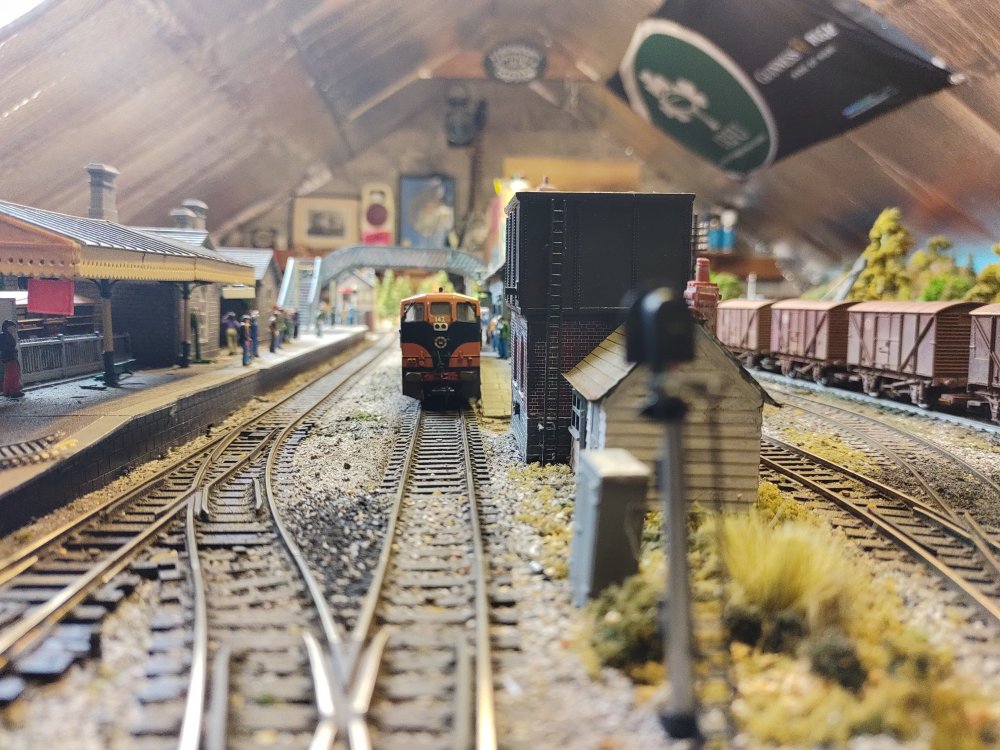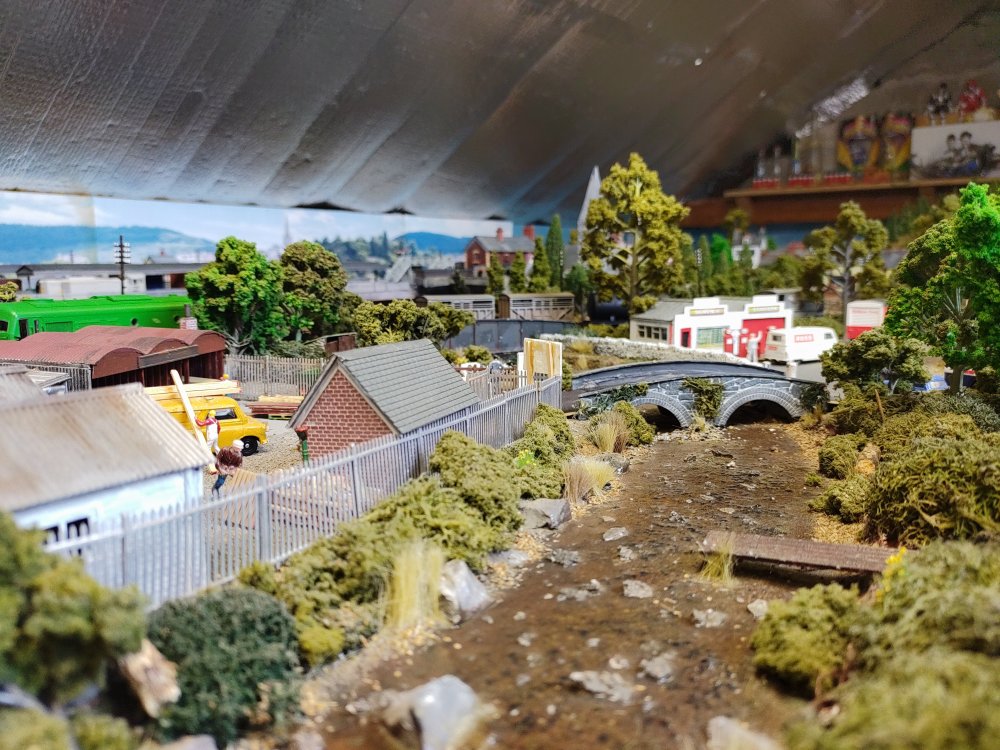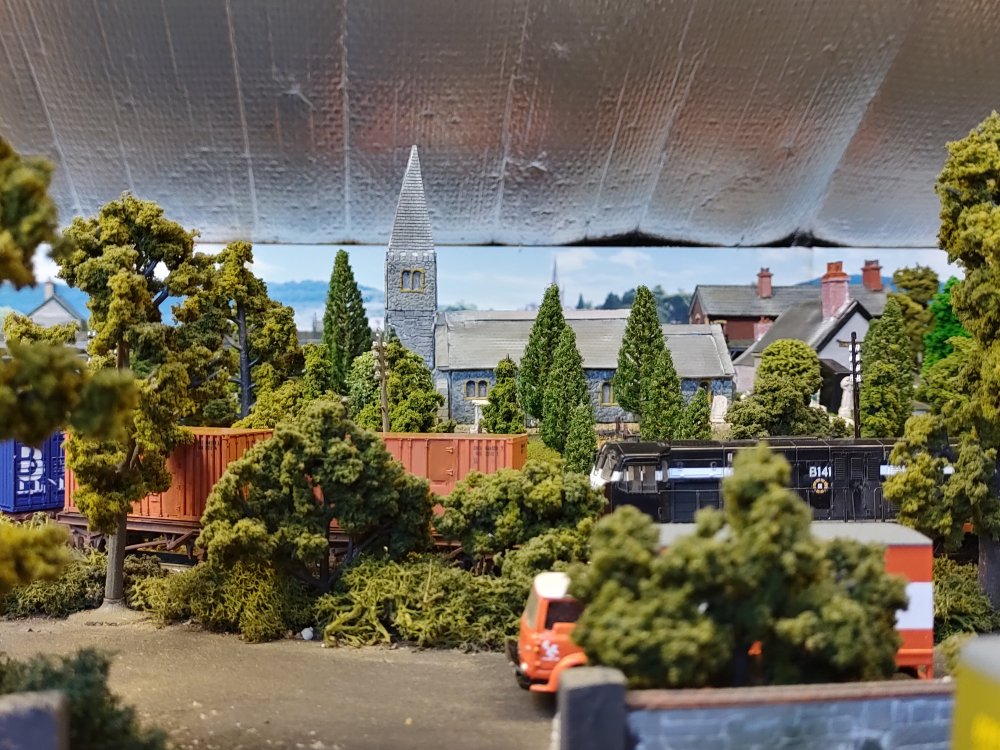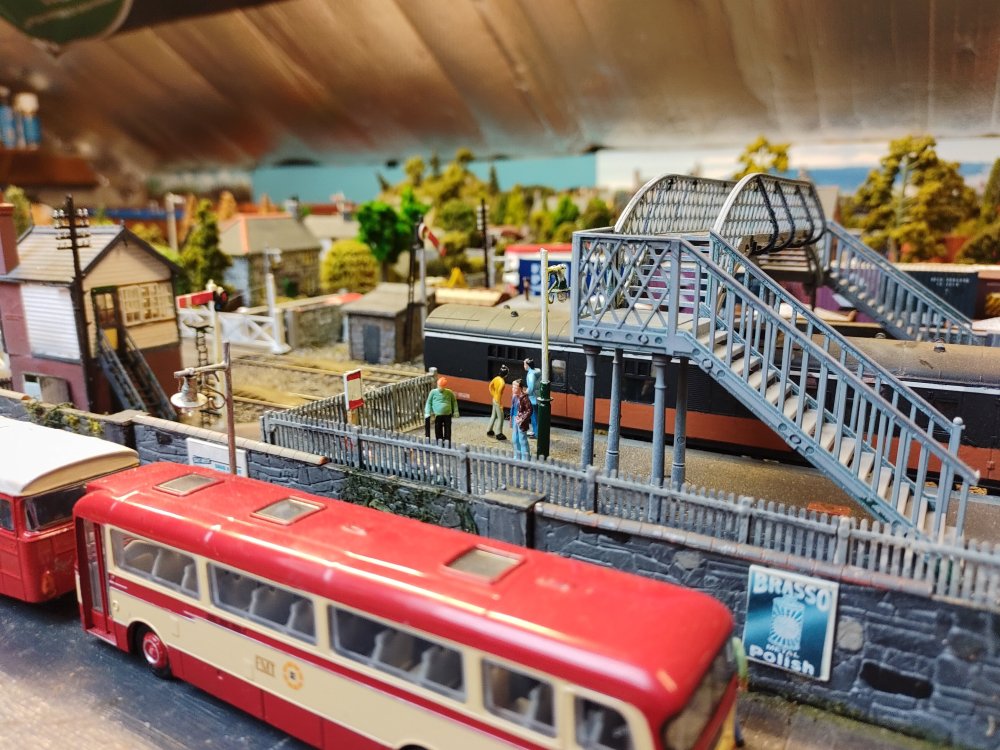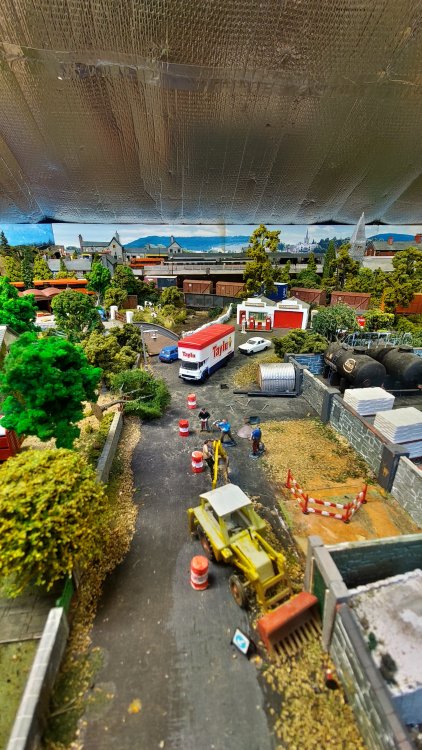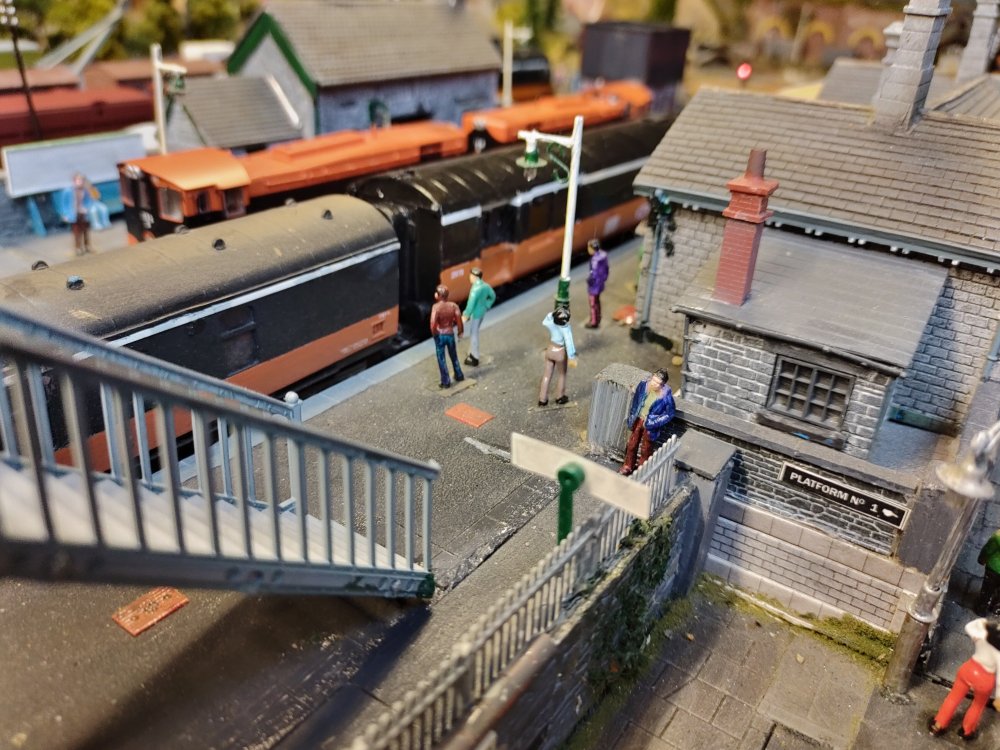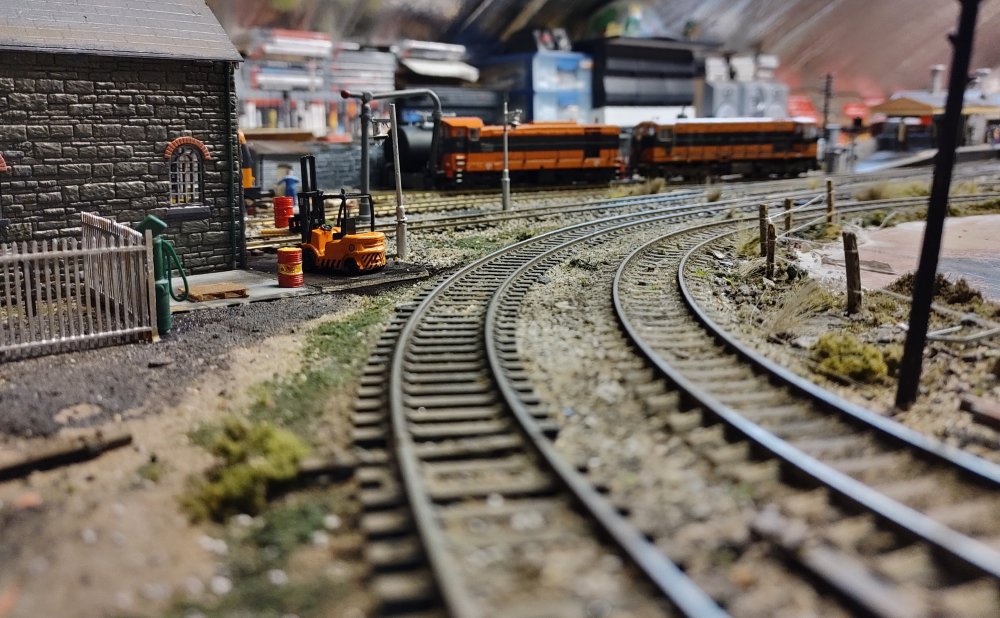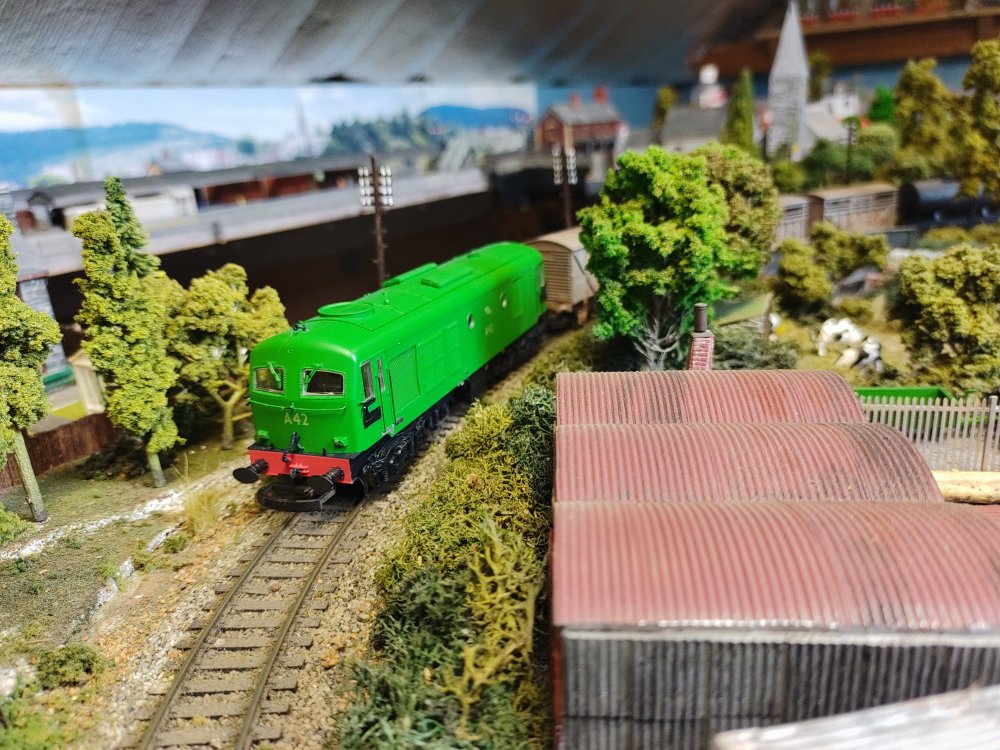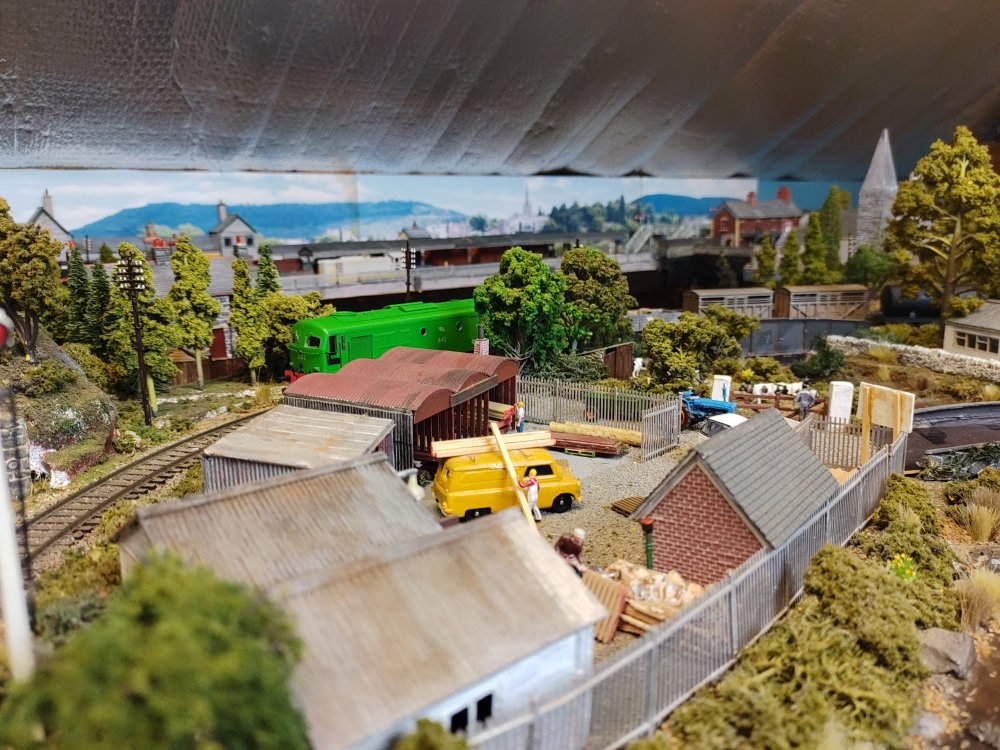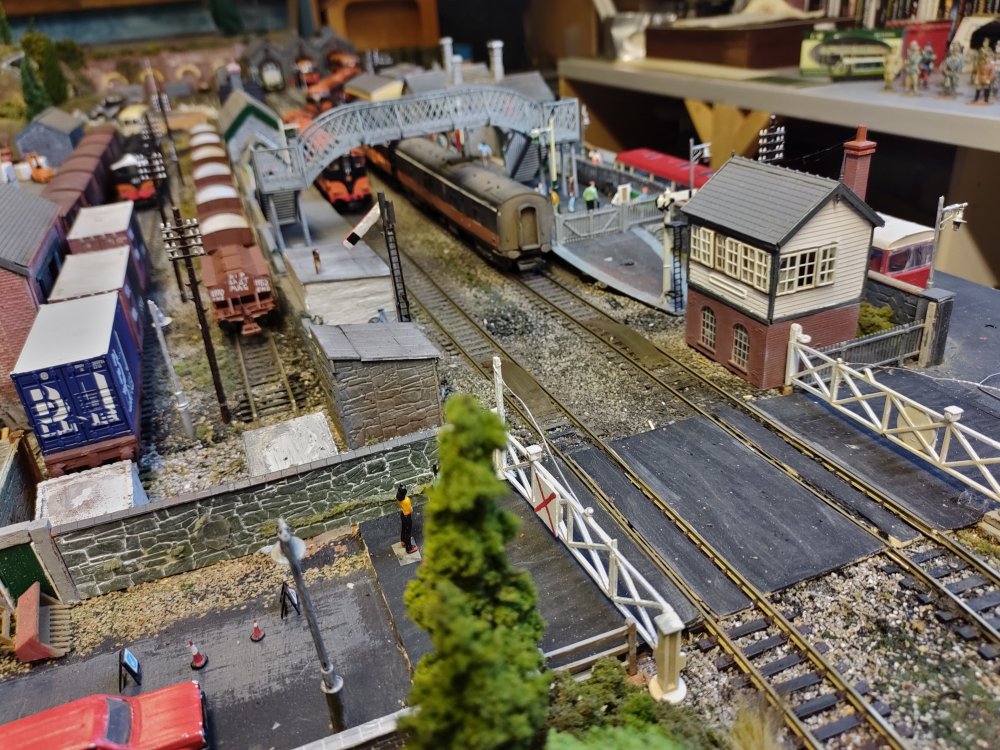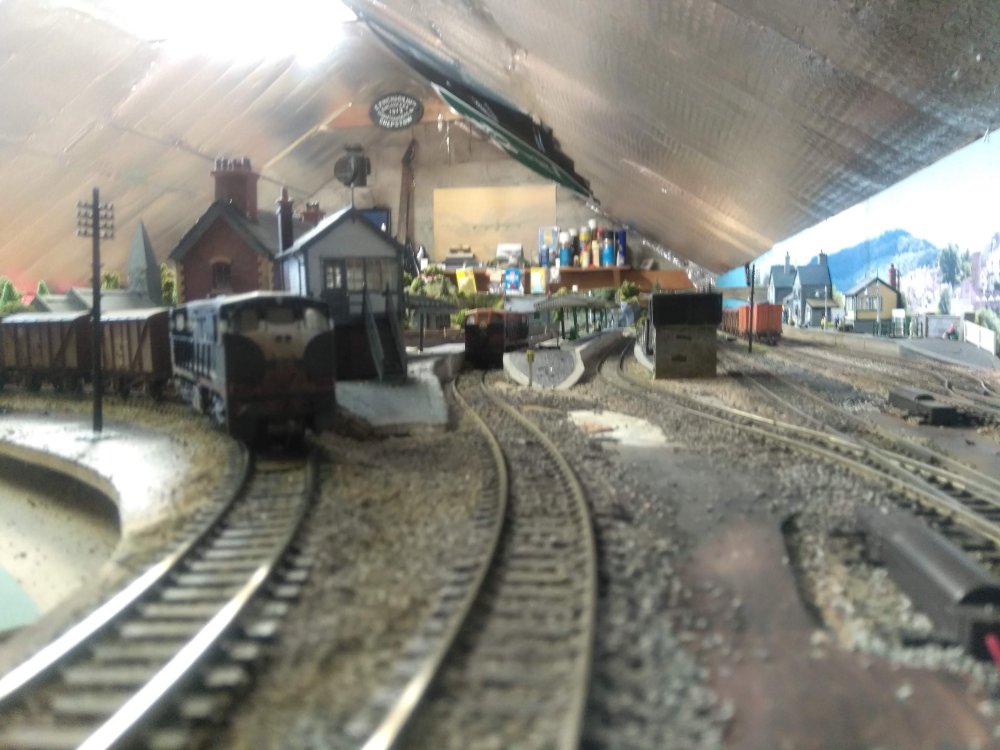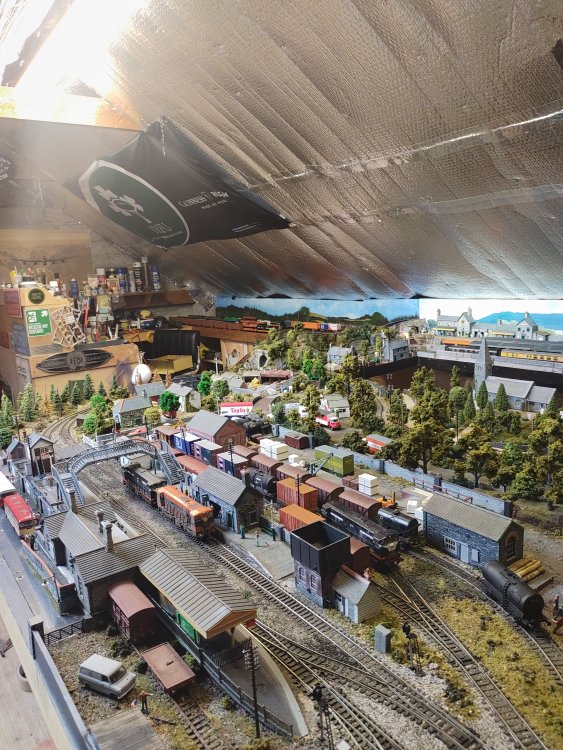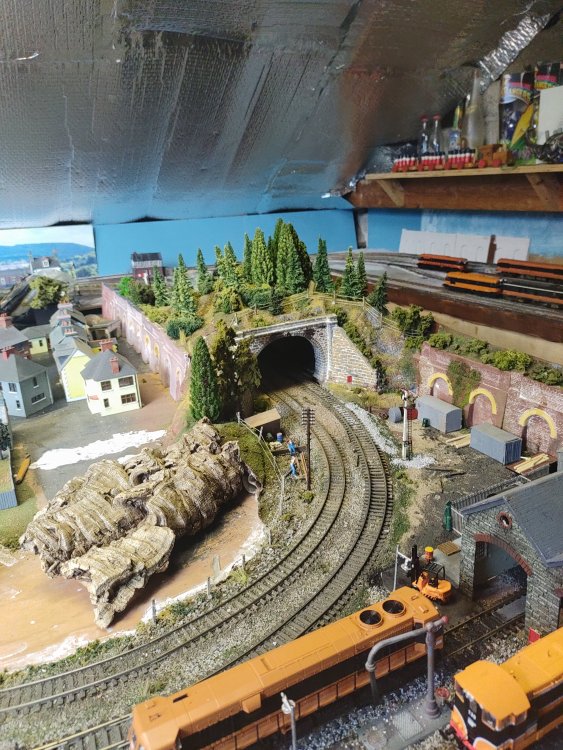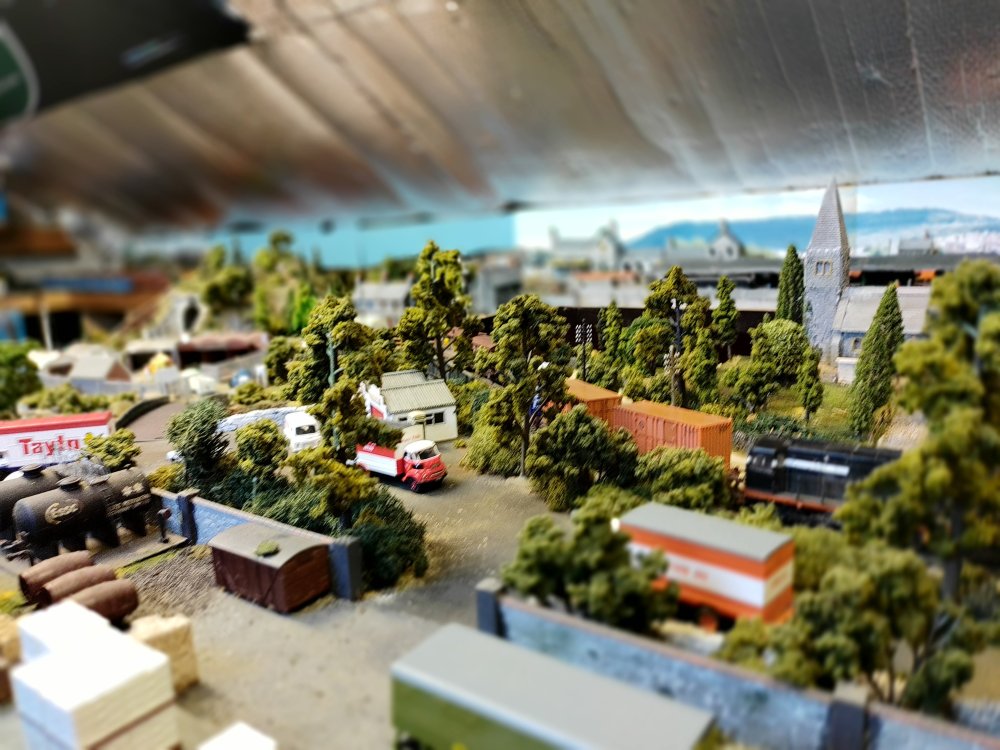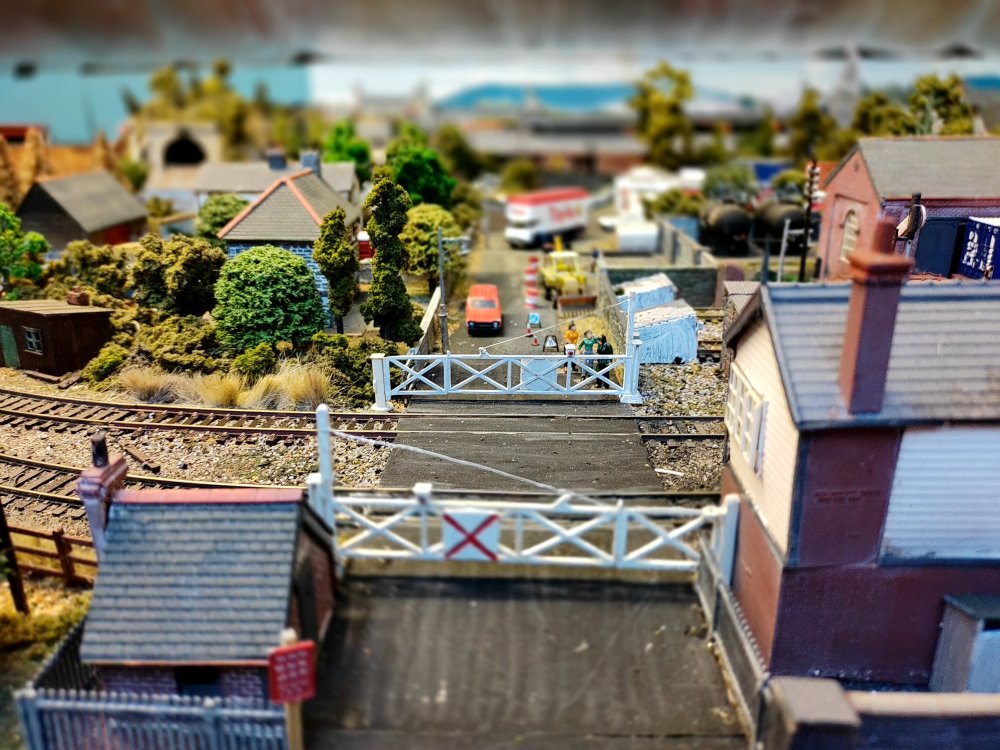
exciecoachbuilder
Members-
Posts
115 -
Joined
-
Last visited
-
Days Won
1
Content Type
Profiles
Forums
Events
Gallery
Blogs
Store
Community Map
Everything posted by exciecoachbuilder
-
How insulting, thanks for that Josh.
-
I never liked the later CIE broken wheel. Just leave it as it was, end of.
-
Speaking of things getting f**ked into skips, years ago there were two buildings in Inchicore works where they stored disused railway stuff. I heard that one of the buildings ( a big shed beside the foundry) was being demolished, and everything was getting thrown out, in fact the contractor ( hammond lane) had started clearing the shed out. A mate and I took a ramble down to have a look, and what a treasure trove we found. I got old carriage plates , an old guards lamp, flying snail buttons and other bits and pieces. My mate found old signal cabin staff poles? with names of disused stations on them and a semaphore spectacle part. I shudder to think what was eventually thrown out in the end? A few years later the other building, which stored files , photos drawings etc, was being cleared out. This time it was C.I.E staff clearing it out, and I knew the lads, so I got some interesting stuff from there. One very interesting item I pulled out of the skip was a GSWR board minutes 1902 to 1904, really interesting, Robert Coey's signature on some of the pages and a guy who's surname was Ormsby? little notes pinned to some of the pages, the whole shebang. People have no idea what was thrown out, it's almost criminal. Then again not everyone, both managers and staff were interested in railways, it was just a job. Of all the people who I got to know over the years there was only one or two who had a strong interest in Irish railways past and present. Although, let me rephrase that. I have absolutely no interest in the present Irish railway system. The nail in the coffin for me was back in the mid 2000's.. Paul.
-
-
Making an ‘E’ – the Maybach Diesel Model Assembly thread
exciecoachbuilder replied to Mol_PMB's topic in Irish Models
Top class info as usual. Now we have the three amigos, you, Jonathan and Mayner. Cheers. Paul -
Making an ‘E’ – the Maybach Diesel Model Assembly thread
exciecoachbuilder replied to Mol_PMB's topic in Irish Models
Have to agree, it really is wonderful to observe. Also, like you I never had an interest in E class shunters, but now I want one. It looks so good that it's almost a shame to paint it. -
Making an ‘E’ – the Maybach Diesel Model Assembly thread
exciecoachbuilder replied to Mol_PMB's topic in Irish Models
Wow, fantastic. Well done. -
Worsley Works AEC Railcars & Laminates re-appraisal.
exciecoachbuilder replied to Mayner's topic in Irish Models
Don't forget that the those laminate coaches were rebuilt in the late 1970's. I have posted this info before, but the only original part of these coaches after the 'rebuilds', was the roof and ends of the coaches. So, you would have a choice of different sides, 1950's or late 70's. -
Making an ‘E’ – the Maybach Diesel Model Assembly thread
exciecoachbuilder replied to Mol_PMB's topic in Irish Models
That's interesting Jonathan, thanks for that info. -
IRM Warehouse Relocation Sale - 40% off EVERYTHING IN STOCK NOW
exciecoachbuilder replied to Warbonnet's topic in News
That's true, I have a mix of beets and flying snail ones. I have ordered another snail pack, I think that the all over grey colour looks really good on these excellent models. -
Well done to all, and that's not handy work either. A lot of lifting, pulling and dragging. Paul..
-
Making an ‘E’ – the Maybach Diesel Model Assembly thread
exciecoachbuilder replied to Mol_PMB's topic in Irish Models
Best of luck with this. The good old E class, the 'Scunthorpe united' of the diesel loco classes These loco's did all the shunting in Inchicore works, and for such a small engine they were incredibly powerful. I saw them shunting full length trains, including mk2's. I saw them pulling a line (albeit slowly, and blocking the main road that the tracks cross, for about half an hour) of disued loco's A's, C's Sulzers etc from the siding beside diesel no1 in the works. In comparison to the GM sound, I thought the E's sounded terrible, like a tractor ploughing a field... Paul. -
I would never get tired looking at these photographs, fantastic stuff altogether.. Paul.
-
JM Design rtr GSR/Ranks Bulk Grain and Irish Standard Open Wagons
exciecoachbuilder replied to Mayner's topic in News
Bloody hell, two No 18 wood screws and two 3/8th countersunk bolts , to secure this small plate onto the vehicle? This plate certainly wouldn't be falling off anytime soon... -
Yeah, the Connolly station picture is an absolute gem, and it captures 1970's C.I.E perfectly. In regards to the paint work on the vehicles, CIE always used the same paint back then, the same mixing procedure etc. The different shades are no doubt due to age. If you look at the 141 and the 121 class on the right of the picture, the 121 looks like it hasn't had a lick of paint in years, whereas the 141 looks like it had a recent enough repaint. The paint was always supplied from the same manufacturer, and the spraying technique ( until 1999) usually was , orange sprayed on the entire coach/ loco, then the black bands were marked out and hand painted on.. Paul.
-
New Murphy Models 071 Class Locos Likely in 2024
exciecoachbuilder replied to DJ Dangerous's topic in News
Yeah I remember the Cravens, I thought the RPSI had lost the plot on this one. But it makes sense what you say, thanks for the info. Paul -
New Murphy Models 071 Class Locos Likely in 2024
exciecoachbuilder replied to DJ Dangerous's topic in News
That's interesting Jonathan, I thought that it was a primer or undercoat, a similar colour to the primer that was used on the MK 3 body shells. Because if that was the finished product on the RPSI coaches, it was a very poor paint job to be honest. Black and green? Did this livery ever exist on Irish coaches? -
New Murphy Models 071 Class Locos Likely in 2024
exciecoachbuilder replied to DJ Dangerous's topic in News
The green paint on the RPSI coaches was an undercoat/ primer they painted on the coaches in Inchicore years ago. -
New Murphy Models 071 Class Locos Likely in 2024
exciecoachbuilder replied to DJ Dangerous's topic in News
I think you are right there jhb, it looks like one of the executive coaches. -
New Murphy Models 071 Class Locos Likely in 2024
exciecoachbuilder replied to DJ Dangerous's topic in News
Hi, the coach in the bay looks like it is a full van, because it has 2 double loading doors on the side ( 2 on the other side as well). The step board at the end of the coach indicates that it was converted from a passenger coach, and it means that there was a passenger entrance door there before it was covered in. A lot of this work was done in Inchicore in the 1970's. A mixed bag of half composite, half van conversions, in which I worked on. The 1930's bit is interesting, because at the time of the conversion work, I never asked, or probably didn't care how old the coach was. CIE had a patchwork quilt fleet back then. Paul... -
Love it...
-
Love this, the fertilizer looks great.
-
-
Thanks very much Jonathan, it was hard to stick with just one era with all the different models being released. Like a kid in a sweet shop, I wanted everything. But the 70's and 80's was my favorite era for Irish railways.
.png.c363cdf5c3fb7955cd92a55eb6dbbae0.png)





